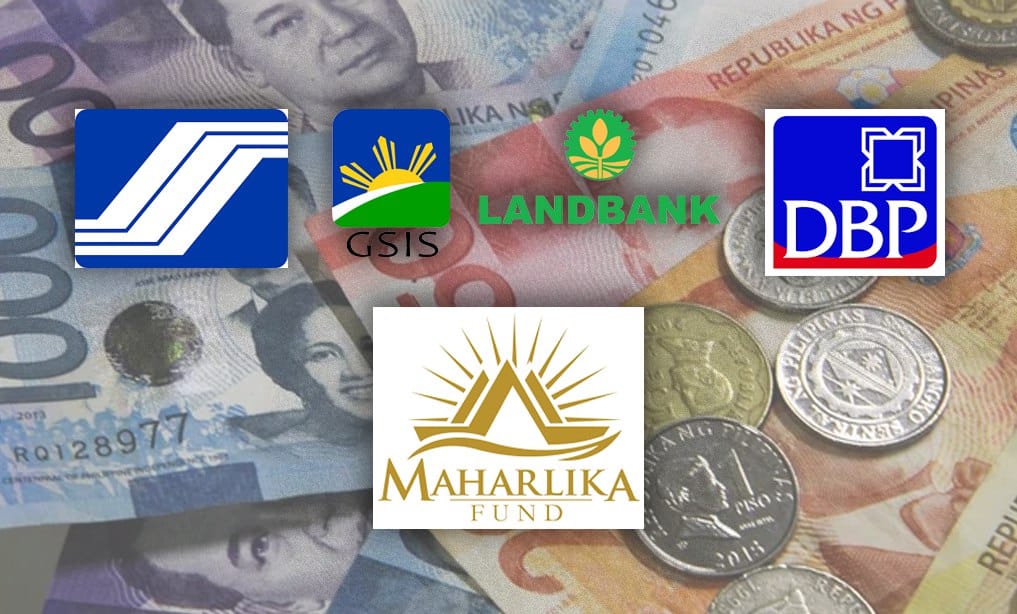Editors’ note: The Maharlika Fund is still a proposal and there may be changes as Congress tackles the bill along the way
AT the risk of sounding too simplistic, let’s break down the proposed sovereign wealth fund (SWF) as running a household budget.
Dr. John Paolo Rivera, an economist, likened SWF to investing your excess personal funds to stocks, bonds, real estate, jewelries, or lending. The emphasis is on the word “excess” — meaning you already have enough food on the table, have already paid your bills and tuition of kids, managed debts (if any) and had saved considerable amount for emergencies.
“Personal finance, corporate finance, public finance — the concept is the same. We invest the money that we have on the possibility that through interest rates, we earn more,” Rivera explained.
This also applies to sovereign wealth funds, he said. The government is finding ways to further increase revenues and not just keep the money in the vault.
Let’s take this further in the case of the Philippines and the effects of the country’s fund from the pandemic and global markets. For illustration purposes, we’ll use a typical husband and wife– both working — as an example.

What is a sovereign wealth fund?
A sovereign wealth fund is a pool of money owned by the government or local governments that is invested abroad like stocks, bonds and commodities.
Money being invested comes from proceeds from sale of oil, or from the state’s own savings.
More than 50 countries and local governments like Norway, China, Malaysia, Singapore, Kuwait, Israel, Texas in the United States, Abu Dhabi in the United Arab Emirates have their own sovereign funds.
Unlike other financial instruments like bonds, stocks or mutual funds, sovereign wealth funds are very, very complex, given the vastness of its value.
Countries have varied goals for creating a sovereign wealth fund.
Russia’s SWF, for instance, is for stabilization fund or “rainy day fund.”
Norway channeled its revenues from petroleum sector and created its own SWF for pension of its own citizens.
Korea and Hong Kong, meanwhile, set up their own SWF to enhance the returns of their reserve assets.
Australia and New Zealand used their fiscal surplus as SWF as savings fund for the future generation.
Maharlika Investments Fund, House bill
Congressmen, led by House Speaker Martin Romualdez, proposed for the Philippines to have its own sovereign wealth fund. They called it “Maharlika Investments Fund.”
The plan is to get the seed funding from the following sources:
- pension fund houses: the Government Service Insurance System (GSIS), the Social Security System (SSS)
- state-owned banks: Land Bank of the Philippines (LBP), and the Development Bank of the Philippines (DBP)
- Taxes and other government revenues : General Appropriations Act
According to House Bill 6398, the startup equity investment would be P275 billion. The breakdown would be:
- GSIS – P125 billion
- SSS – P50 billion
- LBP – P50 billion
- DBP – P25 billion
- National government – P25 billion
In the next years, other contributors shall come from foreign currency proceeds from Bangko Sentral ng Pilipinas, Philippine Amusement and Gaming Corp (Pagcor), General Appropriations Act and other sources.
Please see new developments: Why SSS and GSIS was removed from proposed Maharlika Fund
An “independent corporate body” — to be called Maharlika Investment Corporation — shall be formed to manage the fund.
It is not clear what is the sole purpose of the fund. But according to the explanatory note of the House Bill 6398, the fund would:
- ensure that resources of SSS, GSIS, DBP and Landbank are “efficiently channeled to investments that will provide the most value”
- manage foreign reserves
- Attract direct investments
House Senior Deputy Speaker Gloria Macapagal-Arroyo said the “current version” of the Maharlika Fund would have the President of the Philippines to chair the governing body.
The proposed bill will be debated at the House plenary. The Senate should also pass a counterpart bill. Both House and Senate versions should be consolidated into one. President Marcos’ signature would be needed to make it final.
Tomorrow, let’s discuss the nagging question: Do we have money? Can the Philippines afford to invest in SWF?








